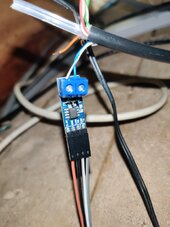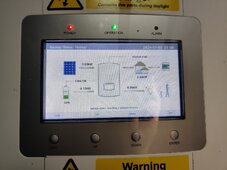cjdell
New Member
- Joined
- Aug 31, 2022
- Messages
- 17
Confirmed working on Solis!
Specifically the RHI-3.6K-48ES-5G. I had to switch to a different CAN transceiver (TI SN65HVD230). Something about the Solis and many other newer inverters only accepting the 3.3V CAN and not the 5V CAN of the TJA1050. I think Uksa007 also mentioned that he had switched to a TI part.
The SN65HVD230 is a native 3.3V part so it doesn't require the 4.7K resistor on the RX. Also it is powered by 3.3V so don't connect it to 5V!
Thank you Sleeper85 for continuing this project. Had been using it without issue with my Growatt SPF5000ES for the last year and plan to continue doing so with the Solis!
Specifically the RHI-3.6K-48ES-5G. I had to switch to a different CAN transceiver (TI SN65HVD230). Something about the Solis and many other newer inverters only accepting the 3.3V CAN and not the 5V CAN of the TJA1050. I think Uksa007 also mentioned that he had switched to a TI part.
The SN65HVD230 is a native 3.3V part so it doesn't require the 4.7K resistor on the RX. Also it is powered by 3.3V so don't connect it to 5V!
Thank you Sleeper85 for continuing this project. Had been using it without issue with my Growatt SPF5000ES for the last year and plan to continue doing so with the Solis!






